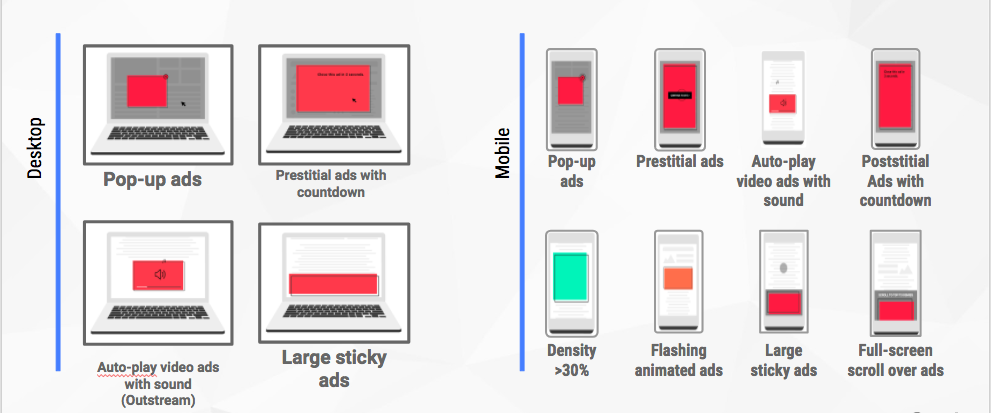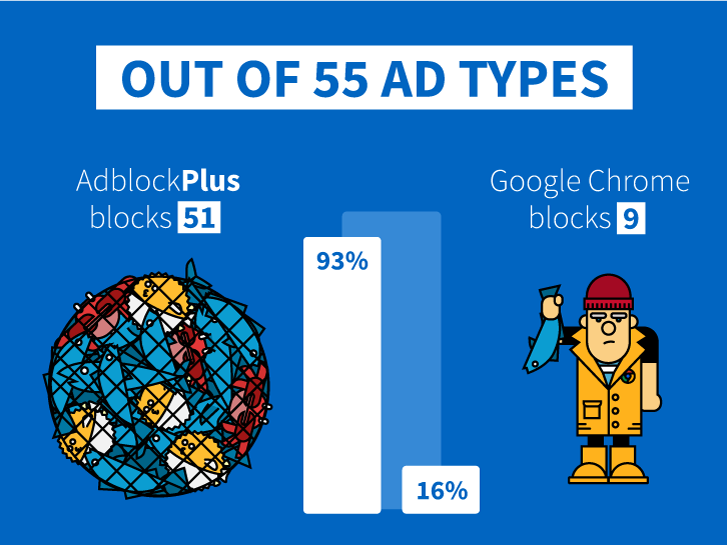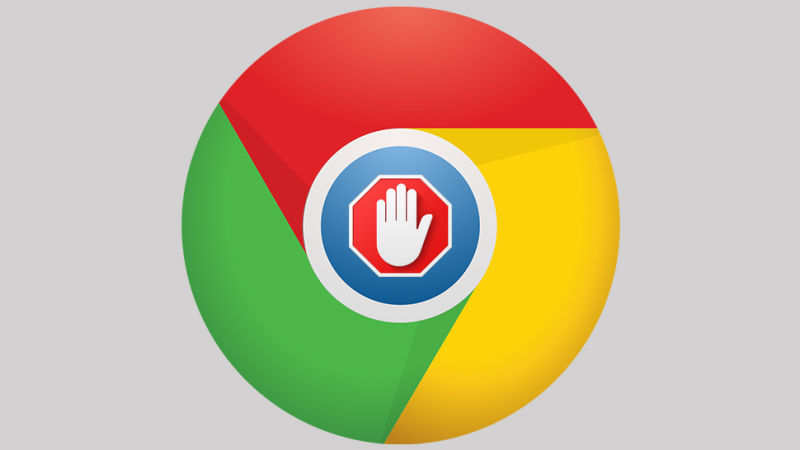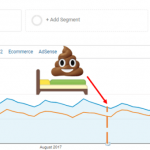A Marketers Guide to the New Google Chrome Ad Blocker
They were the best of ads, they were the worst of ads. – A tale of two adblockers
Yesterday, Google updated their Chrome browser to include ad “filtering”. The new Chrome ad filter will automatically begin to filter out or “block” the most annoying ads on the internet. I have spoken with both Google and Ben Williams from Adblock Plus to tackle what the new Chrome filter will block, what it won’t and most importantly, how it might impact your marketing efforts.
Note: I briefly discussed this months ago in my previous article “Admageddon” and it is recommended reading if you are unfamiliar with the Ad Blocking subject.
Types of annoying ads that will now be filtered / blocked

Image source: Coalition for better ads
This really was a no brainer anyway. If you were using these ads, they were likely pissing off your visitors and damaging your brand. I reached out to Google and Kelsey LeBeau, Partnerships Lead for Ecosystem Health at Google explains:
“We think the long-term effect of this will be positive for all participants in the ecosystem, and that includes ad tech companies and marketers. Marketers that avoid experiences that force users to engage, like pop-ups and ads that autoplay, will reduce the risk of negative brand association that occurs when users are frustrated with ads. Focusing on better ad experiences can also help retain valuable audiences that have been resorting to ad blockers out of frustration over the last several years.”
Impact on a publisher
As a publisher, if you haven’t already removed / changed the ads that will trigger a flag (see image above), I recommend you get on that right away. Don’t panic though, the process isn’t immediate or without warning. According to Google, here is how the process will work if they find any offending ads that trigger flags on your site:
- You will receive a message in the Ad Experience report from within Googles search console. This report will detail the violations that Google has found
- From within the report, site owners can also request that their site be re-reviewed after they have removed the non-compliant ads
- If you have some violations that haven’t been addressed after 30 days, then all ads on your site will be blocked in Chrome browsers
It is important to note that, according to Google, it will be looking at a “sample” of pages. This means that if there are some offending ads that may be intermittent (on the occasion when that ad is sold) or on certain types of pages, you may not receive any warnings for some time until that page with the offending ad is included in the pages they “sample”.
Impact on existing Ad Blockers / Google
If you are an Ad Blocking company, you certainly will be watching this process pretty closely. The rise of Ad blocking appears to be sped up by the practices and types of some of the worst kinds of ads out there. I actually downloaded and installed my first mobile ad blocker when visiting a multi-slide gallery that gave me the first documented case of P.T.A.S (Post Traumatic Ad Syndrome). These types of ads will be but a memory soon.
Google fully acknowledges (and rightfully so) that these ads cause a huge user experience problem where ad blocking becomes the user’s response. The boys and girls at Google are no dummies and even though they might be losing some money by blocking these ads, they understand that it doesn’t compare to what they lose each and every time a user downloads an actual ad blocker.
I spoke a bit with Ben Williams from Eeyo who offer the popular Ad blocking addon (and mobile browser) “Adblock plus”. Ben clarified that the “Chrome filter is more of an add skimmer” that is blocking the very worst of the ads out there according to the Coalition for Better Ads. He juxtaposes that with what a real adblocker will block using the Acceptable Ads standard (https://acceptableads.com/en/about/criteria) which is far more stringent on what types of ads would be blocked. See the comparison graphic from Eeyo below.

Image source: AdblockPlus.org
Impact on a user
If you are a tech savvy surfer with an adblocker already in use, you will not notice anything at all. While I immensely appreciate you reading, you have just wasted your time here. If you are a plain old, vanilla Chrome browser user, you will have nothing but upside. The internet will get a little less annoying from here on out and that is a credit to Google for noticing it was time to clean things up a bit (even though many critics will point out that this was not an altruistic move on their part… but c’mon people, it is a company who aims to make money and long gone are the days of Google being the little search engine that could). Vanilla users will not see any more of those annoying autoplay video ads with sound or be trapped watching a countdown timer with some crummy ad until 30 seconds have passed so they can actually skip it.
Impact on ad tech
If you make ads in the format that they will block, this will be fairly devastating. Nobody is going to want to play with you anymore. Let’s face it though, not many people will shed a tear to see these ad types go and some (at least me) might throw a mini ticker tape parade at my desk. I am sure that most ad creators don’t only deal with these targeted ad types and will have no problem pivoting.
In summary
This Chrome update is most impactful to site owners who run ads that are now on the hit list. If you are running these ads, get rid of them before Chrome blocks all of your ads completely. Consultants or In-house marketers, if you see these ads on a website you are involved with, now is your time to shine. Get them focused on removing the ads fast and explain the issues you just saved them from having to deal with.
This update was a direct move at stemming the rising tide of Ad Blocking. While this might slow the rise of mobile ad blocking or the triggers that cause users to seek out Ad blockers, I don’t think it is going to halt it entirely. This will only effect users who aren’t very tech savvy and, that is quite literally, a dying demographic. More advanced users either will either eventually find mobile ad blocking browsers or are already using it.
I did some surfing on Valentines day, just before the release on some large sites that I know had some offending ads. I surfed around on Desktop with naught but a females permission in an attempt to find some autoplay / autovolume ads but alas, could not. I will say that browsing was blissfully silent so that I could hear my understanding and loving companions gentle sighs while she awaited me in the other candlelit room.








No comments yet.